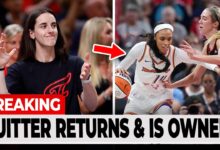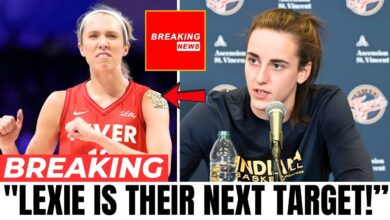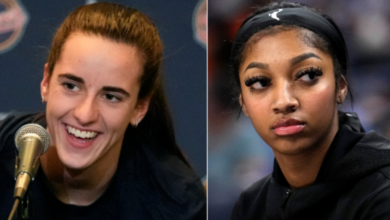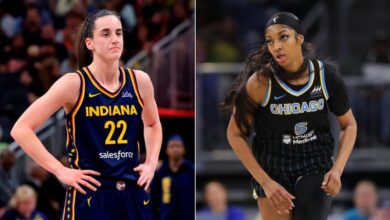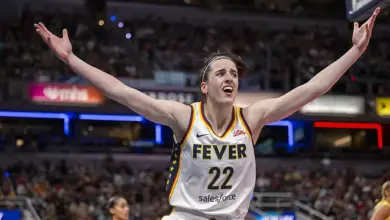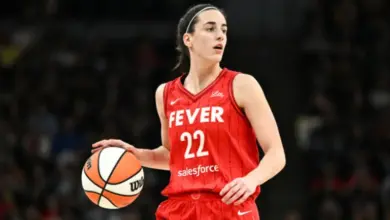Caitlin Clark’s Agent Is FORCING the BIGGEST Power Shift in WNBA History—It’s Already Started
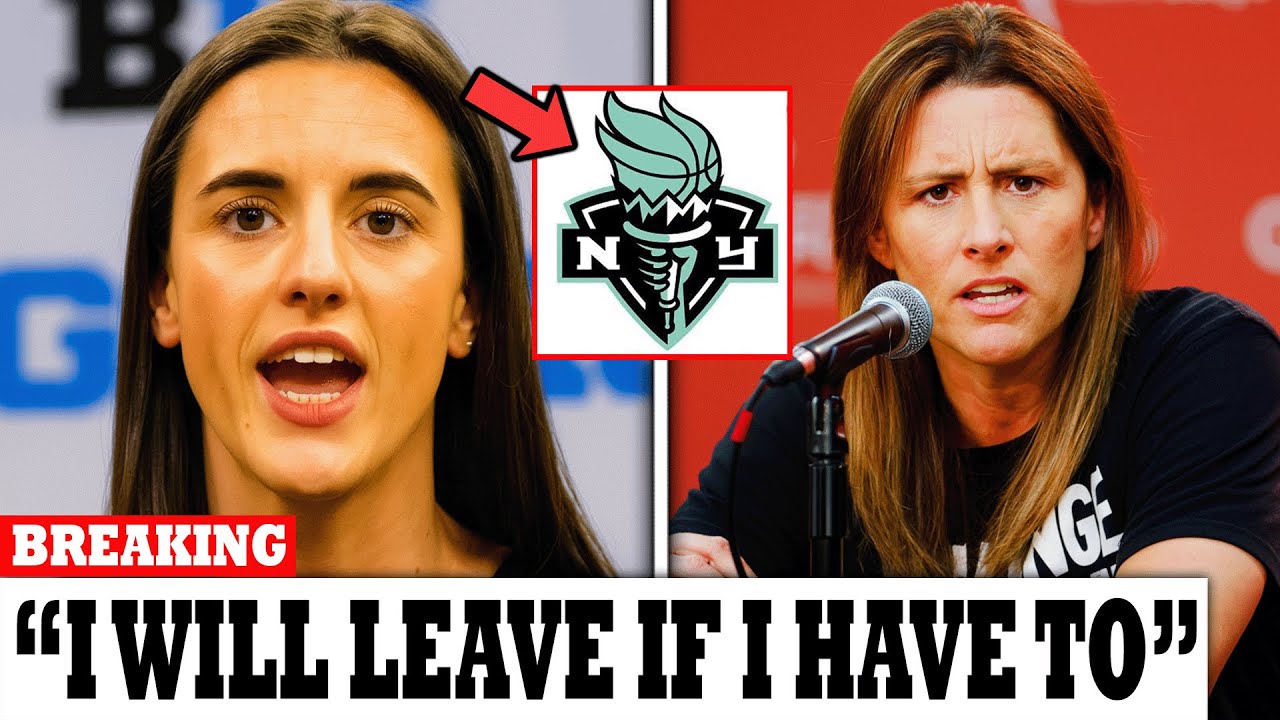
It doesn’t start with a press conference or a blockbuster trade. It starts with a whisper behind closed doors.
Caitlin Clark—the rookie sensation who reignited the WNBA—isn’t just dominating the court. She’s shaking the very foundations of the league. And she’s not doing it alone. Her agent, Aaron Kane, is quietly engineering what could become the most transformative power play in league history.
Forget everything you thought you knew about rookie contracts or team loyalty. The real game is unfolding in boardrooms, and the stakes have never been higher.
At the heart of it all? A single document most fans have never read: the collective bargaining agreement. The CBA is full of cracks—and Kane is exploiting every single one of them. The goal isn’t just leverage for Caitlin. It’s leverage for every star who refuses to be chained to the system. This isn’t escape. It’s evolution.
While the rest of the league sleeps, Kane is wide awake—lobbying for early player movement rights, flexible salaries, and clauses that tilt power away from franchises and toward the players themselves. If she succeeds, this won’t just be a win for Clark. It’ll be a blueprint for an entirely new WNBA.
And that terrifies the league. Because Clark isn’t just a player anymore. She’s a precedent.
2026 is the fault line. By the end of that summer, nearly 87.5% of projected All-Stars will become unrestricted free agents. No matching offers. No strings. Just total freedom. Imagine superteams forming overnight. Entire franchises gutted in a single week. Los Angeles signing three stars before the ink dries. New York becoming a dynasty. This isn’t fantasy—it’s a countdown.
Aaron Kane hears the clock louder than anyone. And she’s not just preparing Clark for the storm. She’s preparing to lead it.
But then came the photo.
After a heated game at Barclays Center, Caitlin Clark was spotted laughing with Sabrina Ionescu and Breanna Stewart. Standing only steps away? Aaron Kane. To casual fans, it was nothing. But to insiders, it was a signal. A carefully staged piece of theater.
Why was Clark smiling with Liberty royalty? Why was Kane standing in the frame, daring the cameras to capture her? Social media exploded—speculating about recruitment, superteam dreams, or a power play already in motion. Whatever it was, it wasn’t an accident. Kane knew that one image would shake Indiana, rattle GMs, and turn Clark from a rookie into a movement.
And that’s how revolutions start. Not with noise, but with a look, a smile, and silence loaded with intent.
But why would Clark even consider leaving Indiana? Cracks appeared early.
First came the injuries—two of them—costing her 10 games. For a player known for her durability, it was alarming. Worse was the response. When she was clearly hurting, coach Stephanie White brushed it off as “a little something.” To fans, it was dismissive. To insiders, it was a red flag.
Then came the system. Clark’s transition-heavy, free-flowing game was shackled by a slow, rigid offense. She said it herself: “We need to do a better job getting the ball in transition.” Translation? They’re holding me back.
These weren’t growing pains. These were philosophical fractures.
And for a player like Clark, compromise isn’t in her DNA.
That’s when the quiet campaign began. Subtle social media posts. Strategic tunnel meetings. Controlled narratives.
On paper, Clark has no leverage. She’s locked in until 2028. But paper means nothing when Aaron Kane is holding the pen.
Because Kane understands something most don’t: the CBA is a weapon. The players’ union has opted out, the rules are in flux, and in that chaos, she sees opportunity. She’s using Clark’s injuries, frustrations, and global star power as proof that the league needs change. Player mobility. Rookie protections. Financial fairness.
And it’s working.
Because if Caitlin Clark isn’t happy, the WNBA has a problem—and everyone knows it.
Clark’s influence isn’t just athletic. It’s economic. She drives ratings, merchandise, media coverage. If she moves, she doesn’t just change teams. She shifts the entire ecosystem of women’s basketball.
And that brings us back to the moment.
In Iowa, Clark returned to Carver-Hawkeye Arena for an exhibition against Brazil. One shot changed everything—a 36-foot bomb from the same spot where her NCAA scoring record was once immortalized. She turned to the crowd, smiled, and stared straight into ESPN’s cameras.
It wasn’t just a shot. It was a statement.
Even injured, she was unstoppable. Even limited, she was history in motion. And with Aaron Kane at her side, she’s no longer just rewriting record books—she’s rewriting the league itself.
Now, every tunnel photo, every deep three, every whispered meeting isn’t random. It’s choreography.
The league can feel it. Owners. Coaches. Sponsors. Everyone’s scrambling to adjust to Clark’s world.
Because this isn’t rebellion. It’s evolution.
And Caitlin Clark isn’t waiting for permission. She’s taking power—one calculated move at a time.
The question isn’t if she changes the league. The question is: how far will she go?
And judging by what we’ve seen so far, she’s only getting started.



